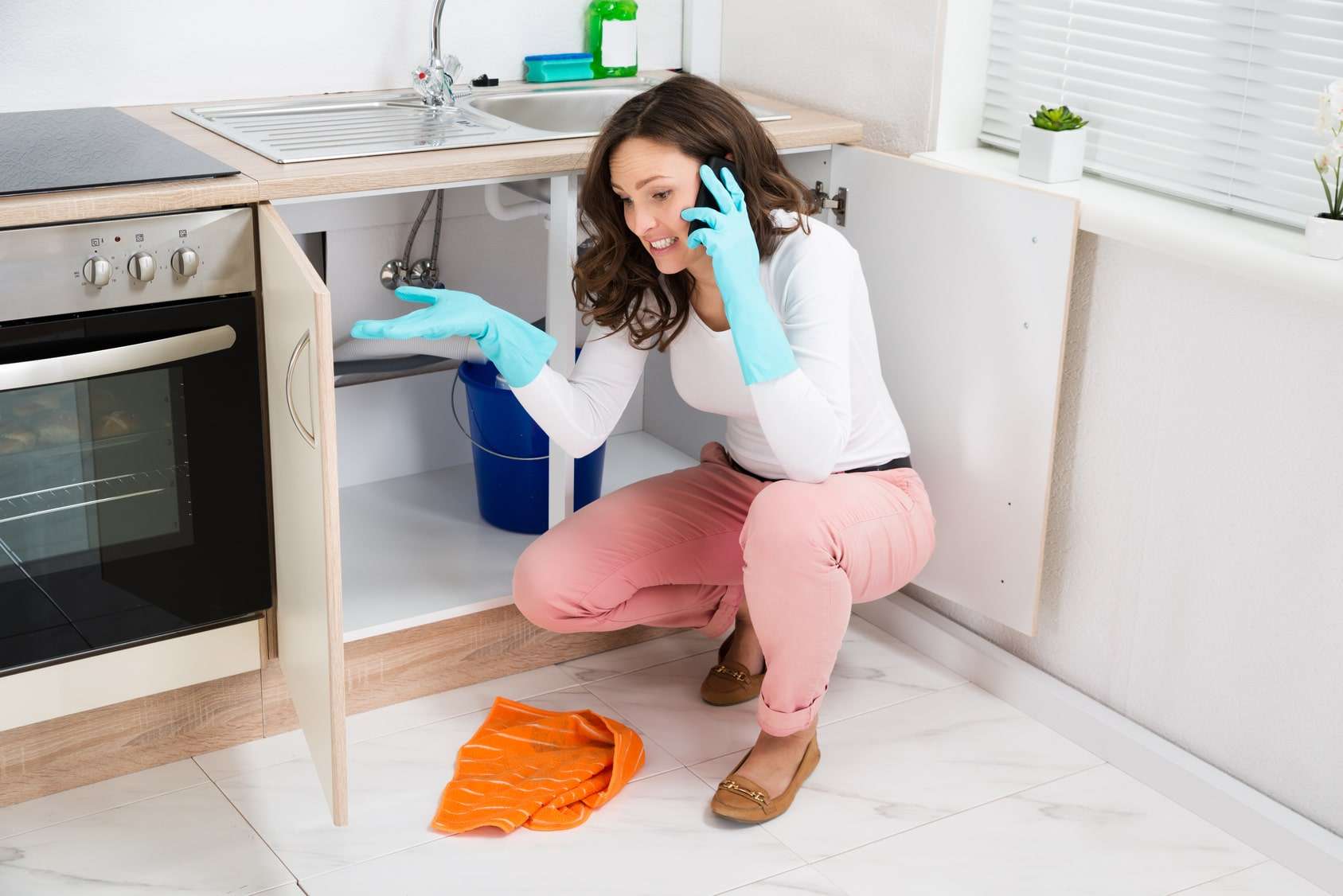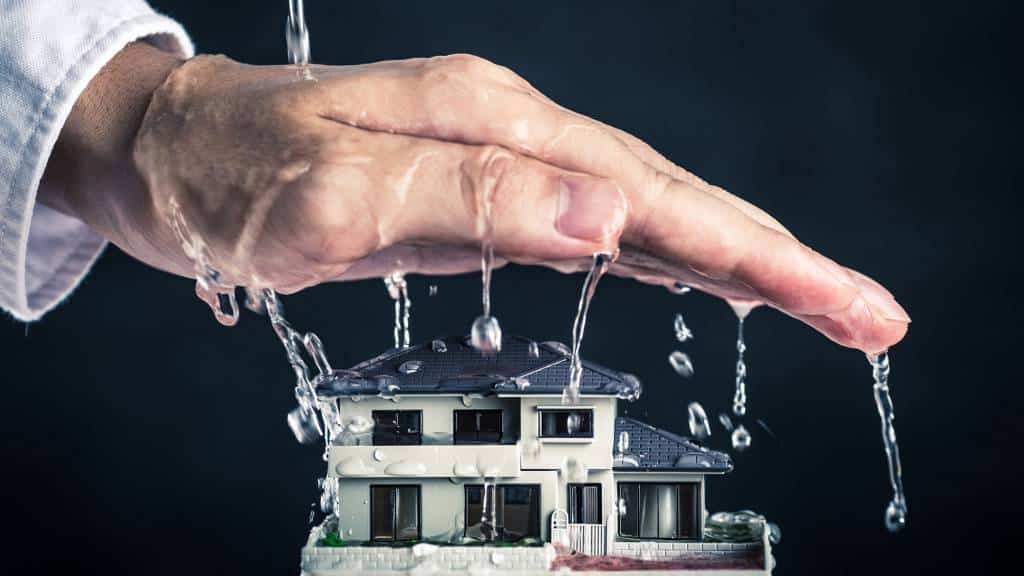Do you find yourself searching for info concerning Most Common Causes of Leaky Pipes?

Leakages not only cause waste of water yet can likewise cause unneeded damage to your house as well as promote unwanted organic growth. By looking and recognizing for everyday situations that create leaks, you can shield your residence from future leaks as well as unnecessary damages.
Instantaneous temperature level modifications.
Extreme temperature level changes in our pipes can trigger them to broaden and also acquire suddenly. This expansion and tightening may cause cracks in the pipes, specifically if the temperature are listed below freezing.
Rusty water systems
As time passes by, your plumbing system ages as well as deterioration such as corrosion may start gnawing the pipes. This might be the root cause of staining or bending on your water pipes. This calls for an evaluation with your plumber quickly. Think about changing the pipelines considering that they are at a greater threat of corrosion than the more recent designs if our plumbing system is old.
Defective Pipeline Joints
The factor at which your pipes connect is often the weakest link in the waterline. Pipeline joints can weaken over time, resulting in water leakages. The majority of pipe joints are not quickly visible. If you have loud pipelines that make ticking or banging sounds, specifically when the hot water is activated, your pipeline joints are possibly under a lot of pressure. It is suggested to have your plumber examine your system annually.
Elbowing in roots
A lot of water leakages start outside the house rather than inside it. You could observe wet spots or sinkholes in your backyard, as well as that might imply that tree roots are invading water lines causing water to permeate out.
Poor Water Connectors
At times, a leakage can be caused by loosened tubes as well as pipelines that supply your devices. In situation of a water links leak, you might notice water running directly from the supply line or puddles around your devices.
Blocked Drains
Obstructed drains pipes may be annoying and inconveniencing, yet they can in some cases wind up causing an overflow causing break pipelines. Keep eliminating any type of materials that might go down your drains pipes that can clog them to prevent such hassles.
All the above are sources of leakages however not all water leaks arise from plumbing leakages; some leaks may originate from roof covering leaks. All leaks must be fixed quickly to stay clear of water damage.
Leakages not only cause waste of water however can likewise create unnecessary damage to your residence as well as advertise undesirable organic growth. By looking and also understanding for everyday circumstances that create leakages, you can shield your residence from future leaks and unnecessary damages. Today, we will certainly look at 6 leak triggers that may be creating your pipelines to drip.
At times, a leakage can be created by loose tubes and pipes that supply your devices. In instance of a water links leakage, you may notice water running straight from the supply line or pools around your appliances.
How To Check For Water Leak In Your Home
How To Check for Leaks
The average household's leaks can account for nearly 10,000 gallons of water wasted every year and ten percent of homes have leaks that waste 90 gallons or more per day. Common types of leaks found in the home are worn toilet flappers, dripping faucets, and other leaking valves. These types of leaks are often easy to fix, requiring only a few tools and hardware that can pay for themselves in water savings. Fixing easily corrected household water leaks can save homeowners about 10 percent on their water bills.
To check for leaks in your home, you first need to determine whether you're wasting water and then identify the source of the leak. Here are some tips for finding leaks:
Take a look at your water usage during a colder month, such as January or February. If a family of four exceeds 12,000 gallons per month, there are serious leaks.
Check your water meter before and after a two-hour period when no water is being used. If the meter changes at all, you probably have a leak.
Identify toilet leaks by placing a drop of food coloring in the toilet tank. If any color shows up in the bowl after 10 minutes, you have a leak. (Be sure to flush immediately after the experiment to avoid staining the tank.)
Examine faucet gaskets and pipe fittings for any water on the outside of the pipe to check for surface leaks.
Undetected water leaks can happen without the home or business owner even realizing. If you suspect a water leak, but not able to find the source. It is time to contact a professional water leak detection service, The Leak Doctor.
How To Find a Water Leak In Your Home
https://www.leakdoctor.com/blog/How-To-Check-For-Water-Leak-In-Your-Home_AE197.html

I was shown that write-up on How to detect water leaks in your home through a friend on a different site. Sharing is good. You just don't know, you might be doing someone a favor. Thanks so much for your time spent reading it.
Request Service